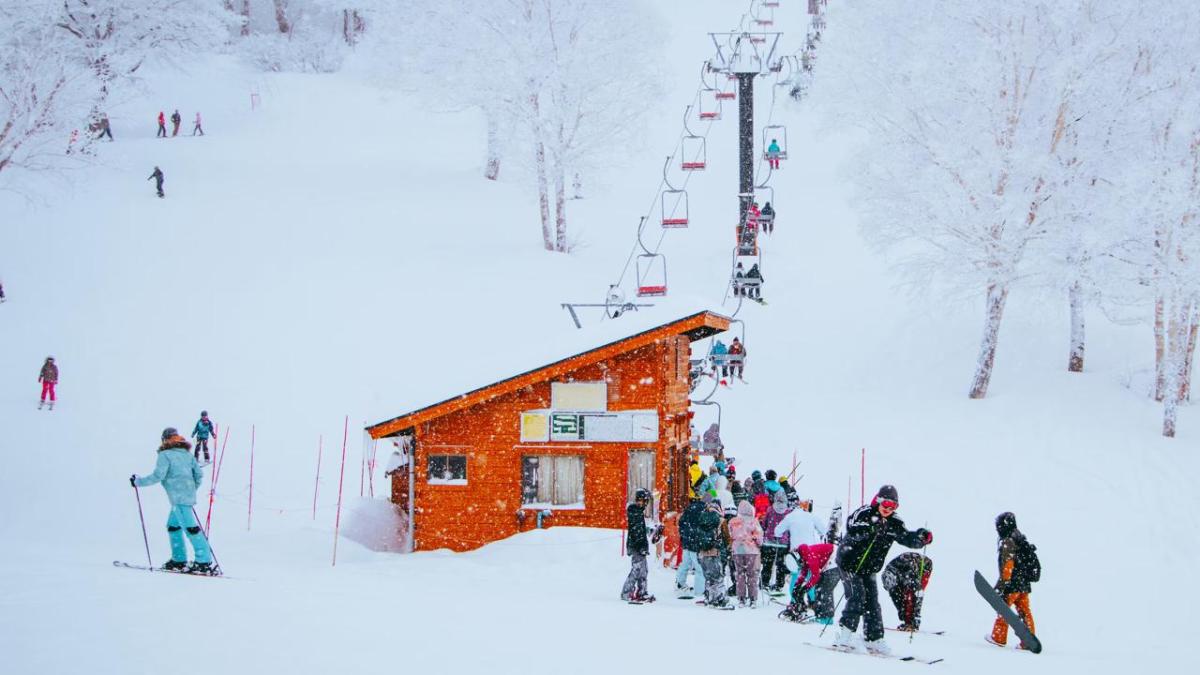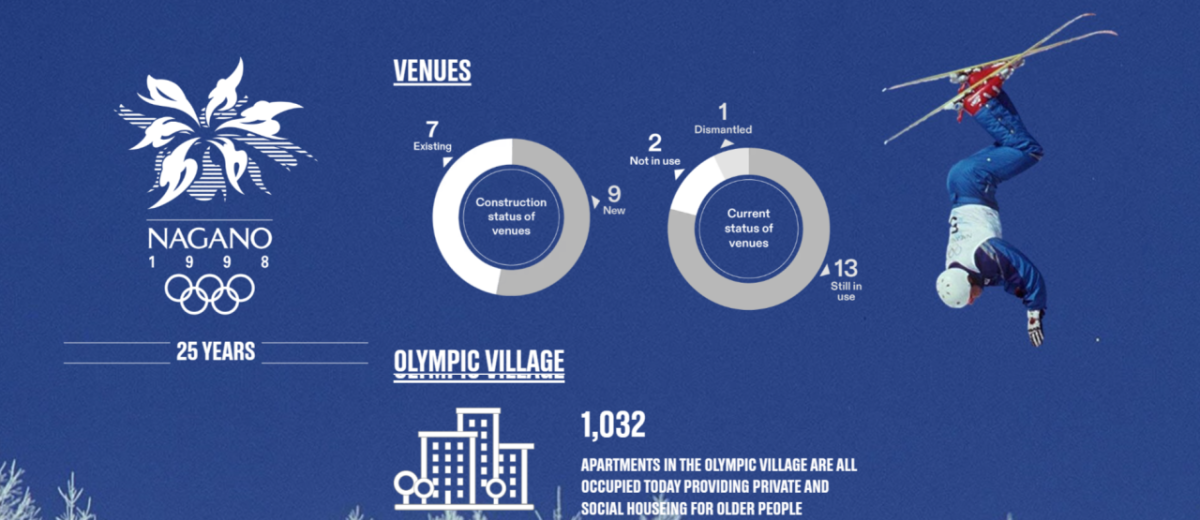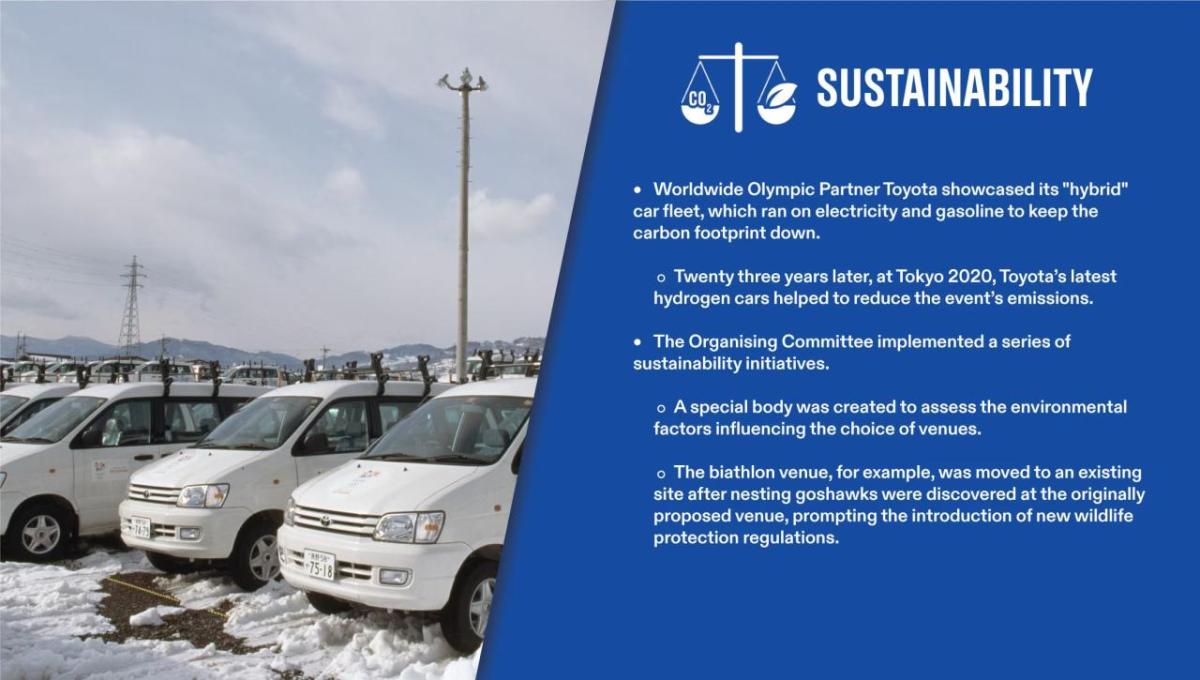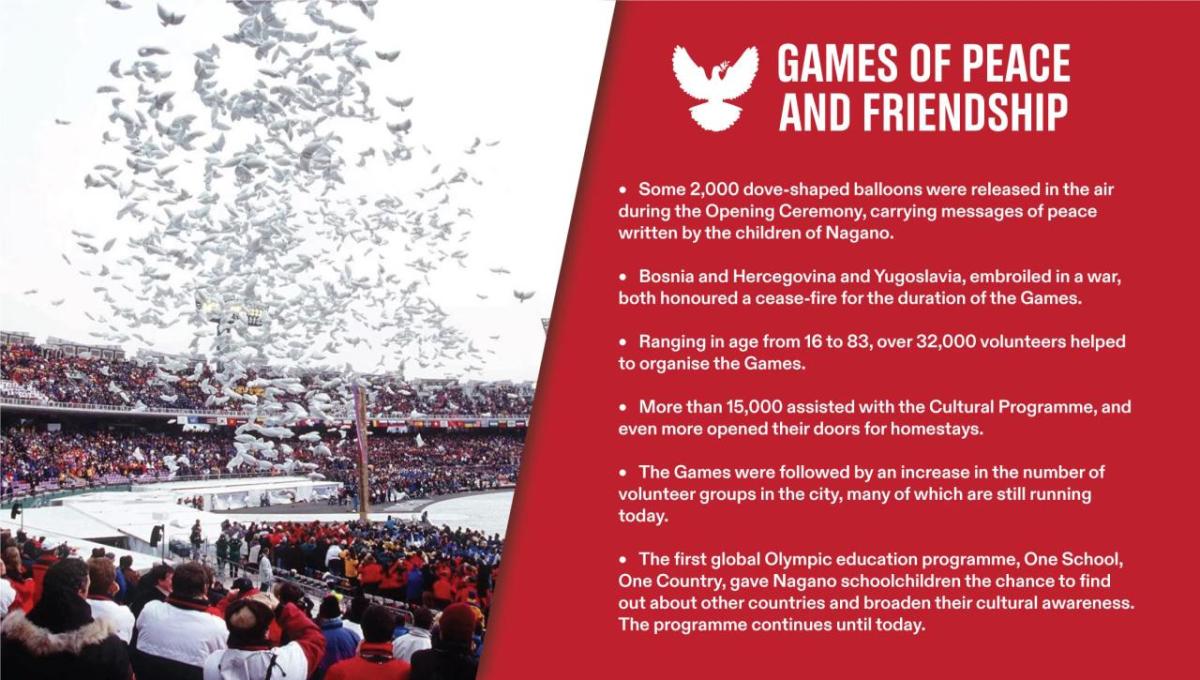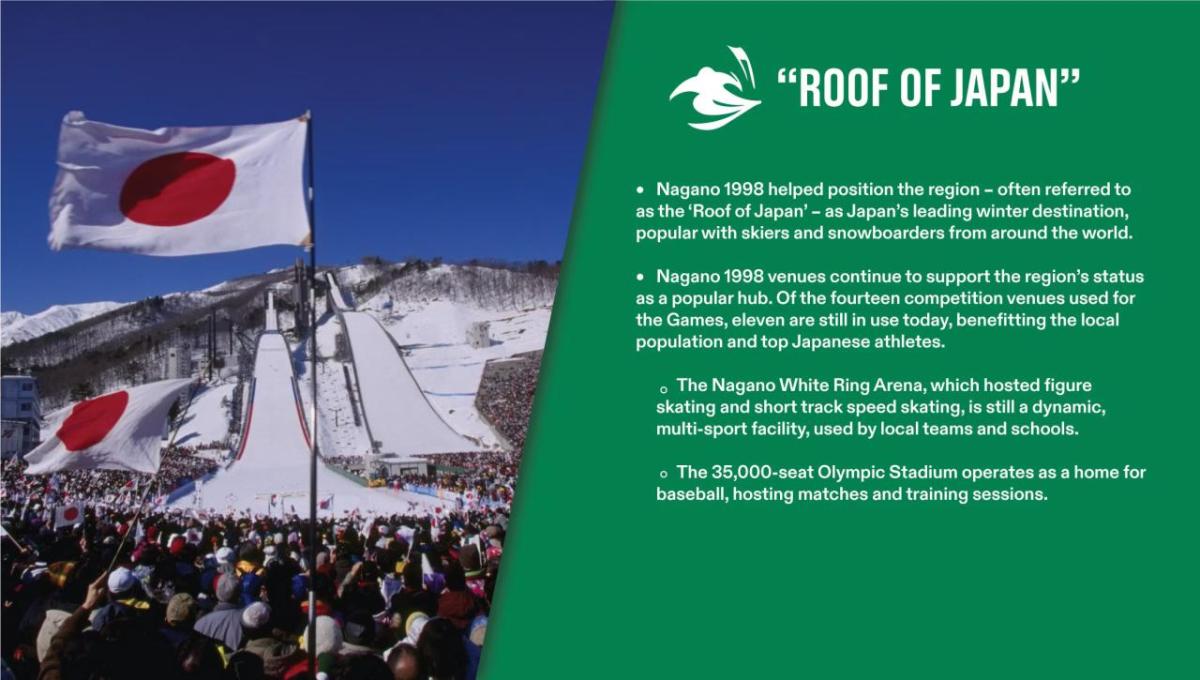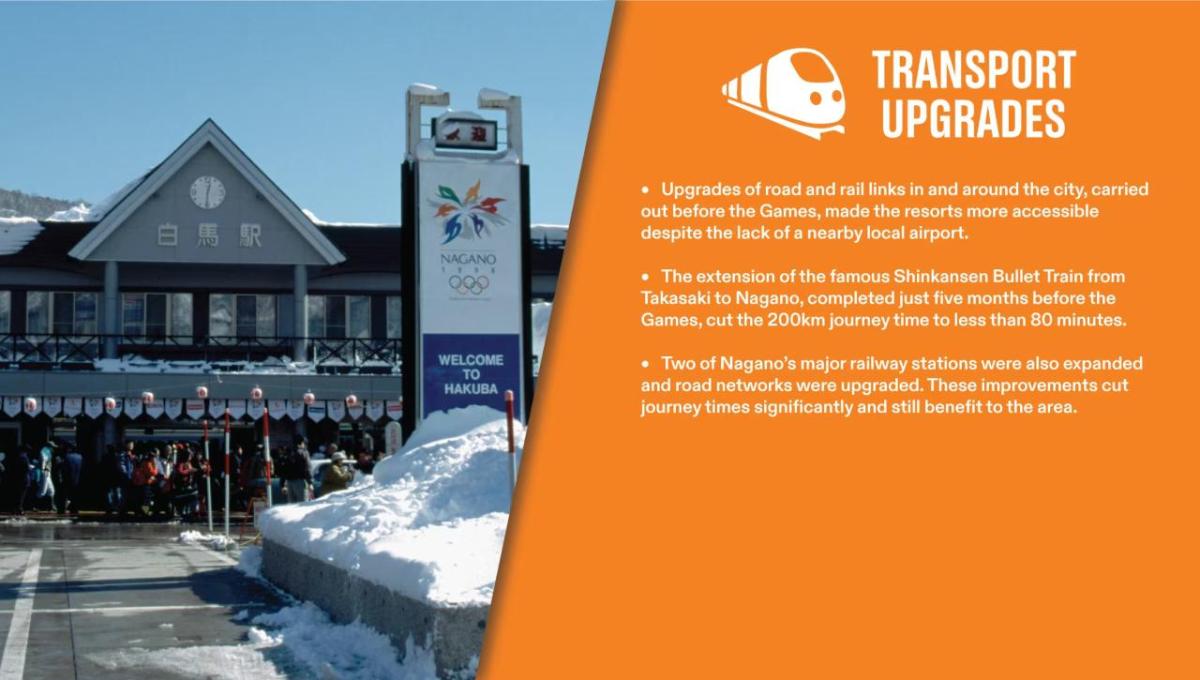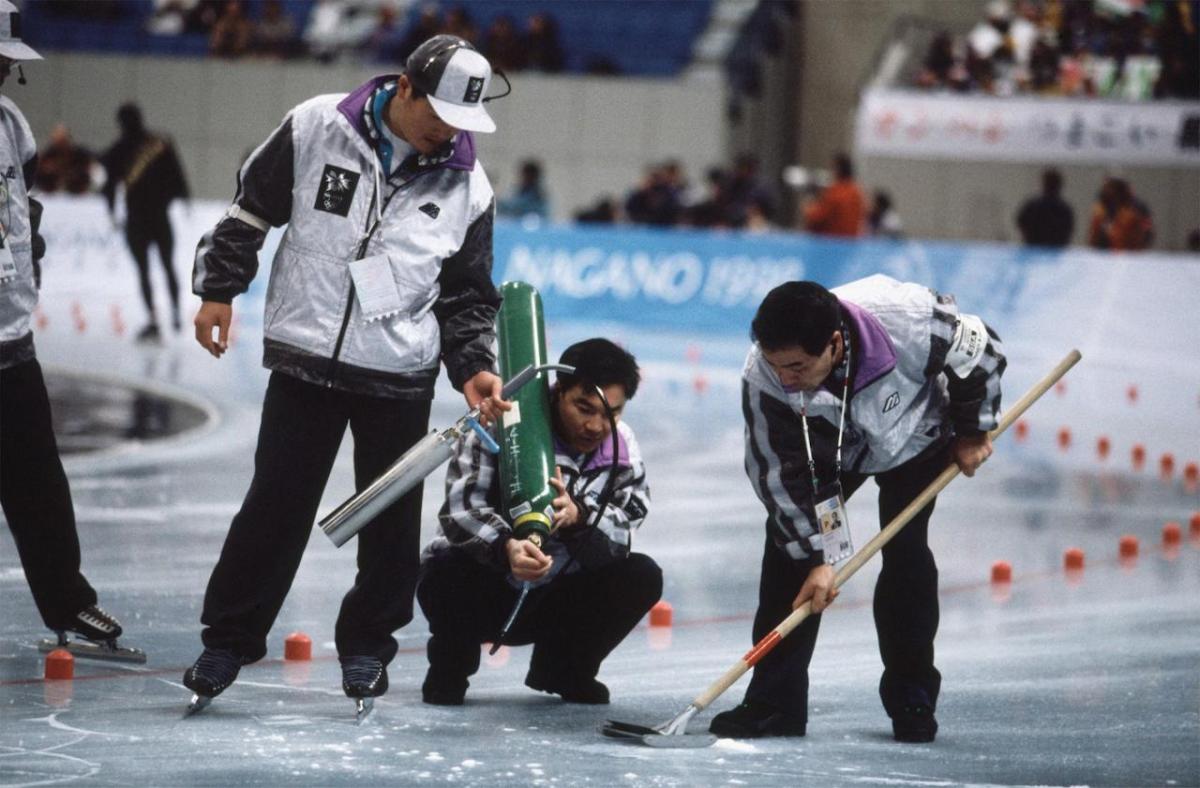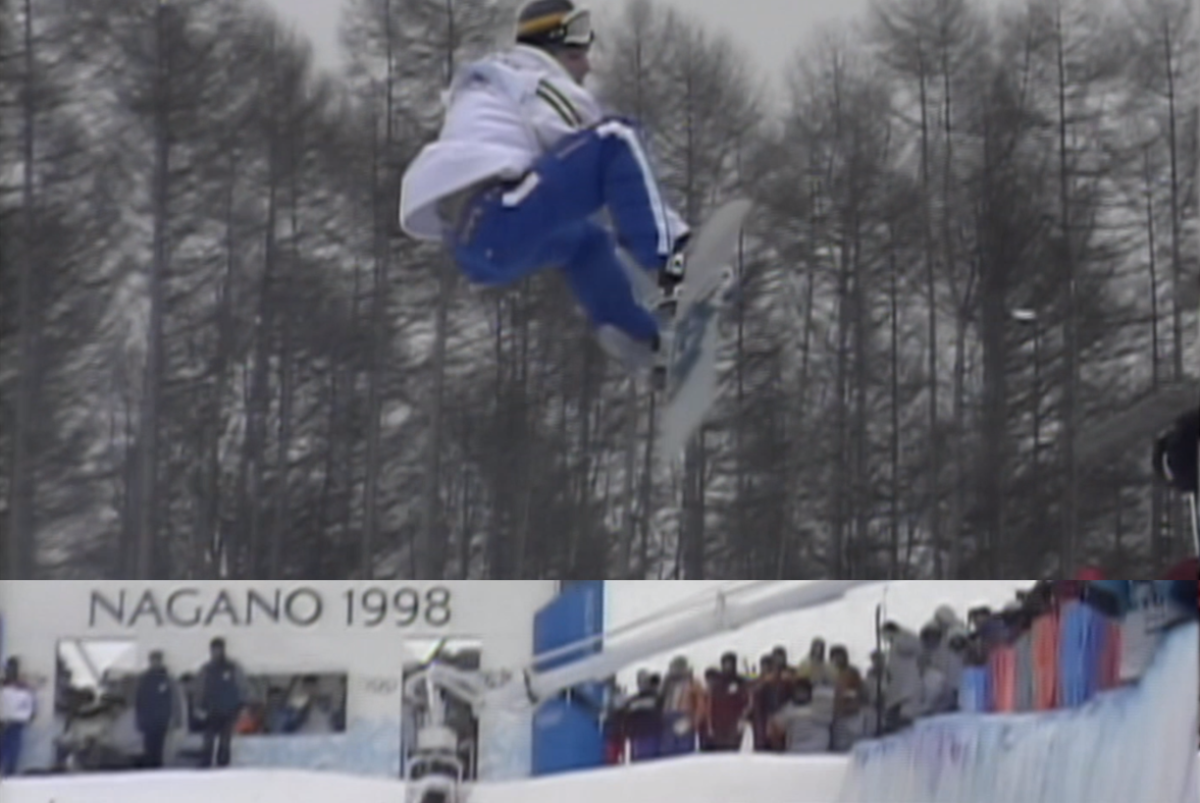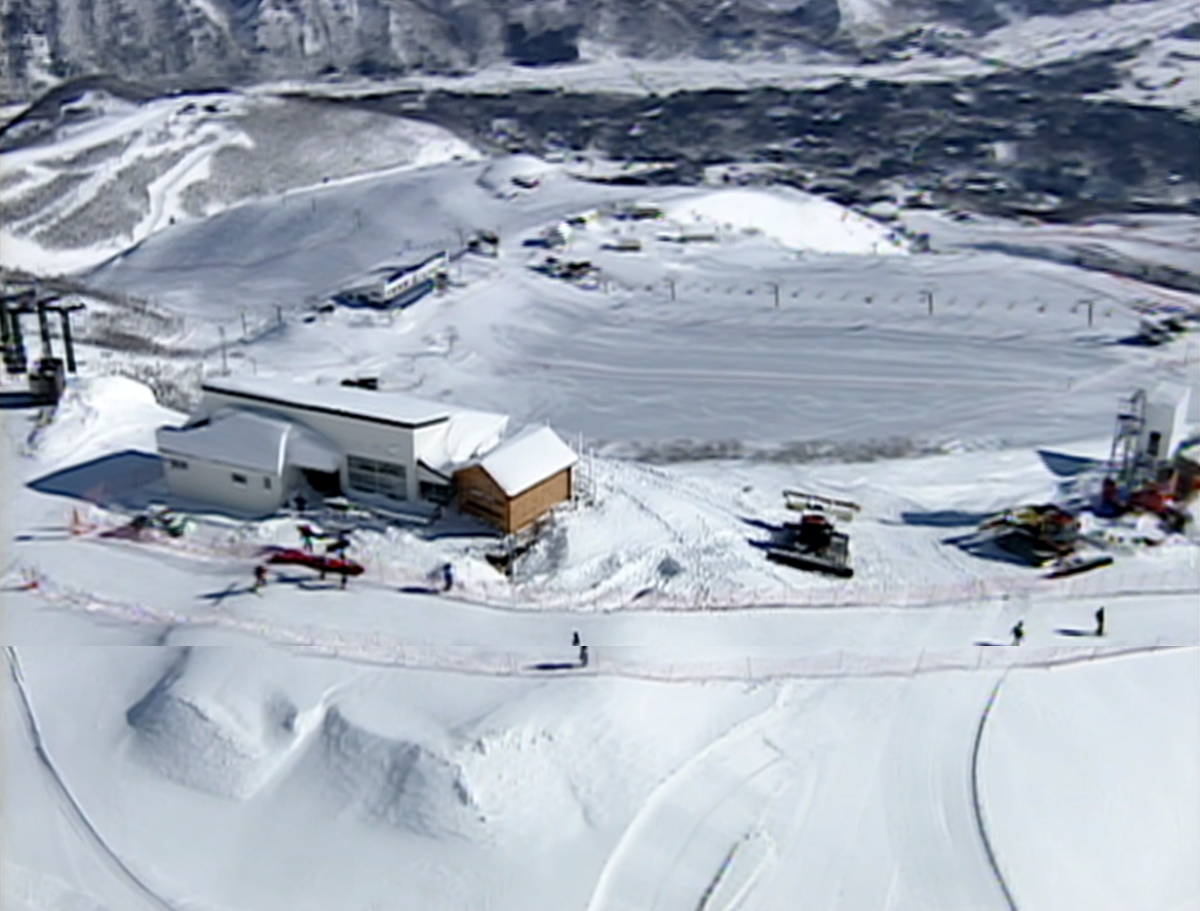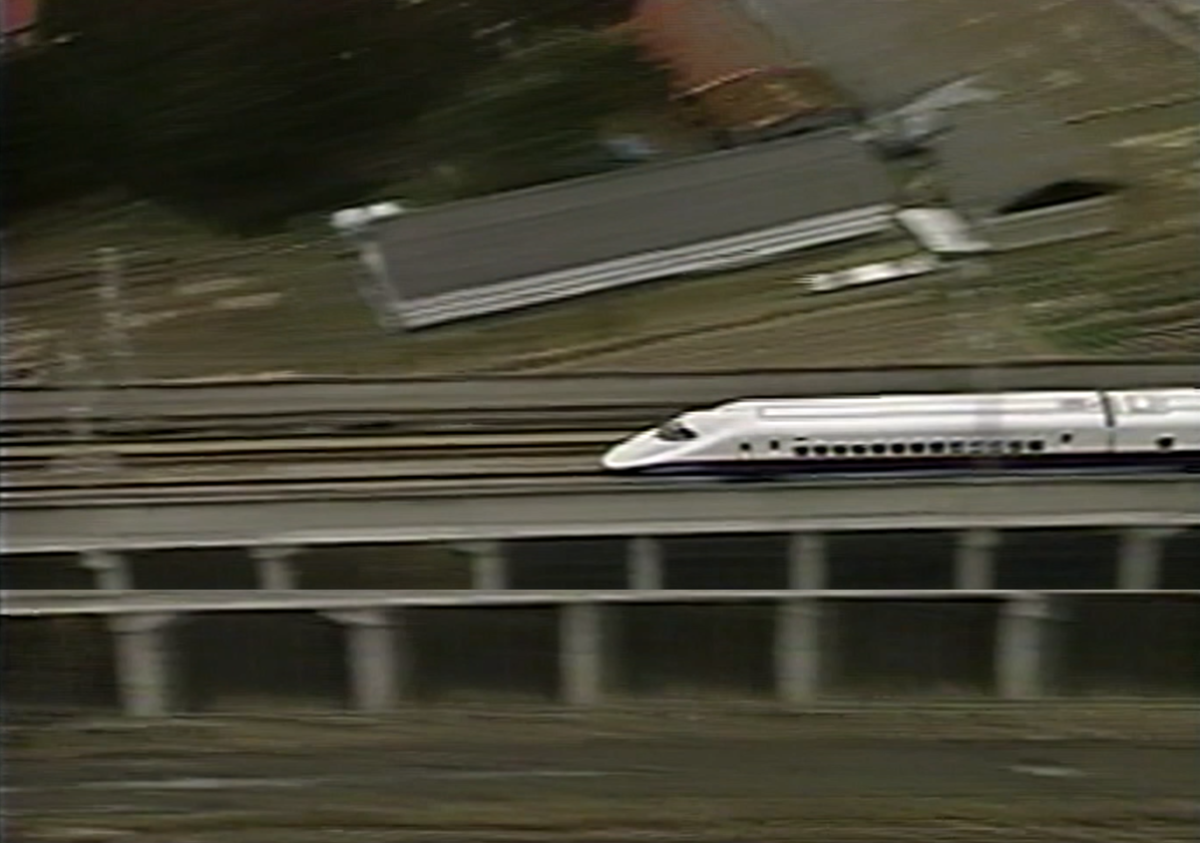25 Years On, Nagano Games Prove Their Longevity
International Olympic Committee news
A quarter of a century after hosting the Olympic Winter Games in 1998, Nagano is a confident winter sports hub, famous for boosting the country’s snow sports industry, modernising transport links and paving the way for successful Olympic Summer Games in Tokyo.
On 7 February 1998, 50,000 spectators and 2,176 athletes from 72 nations filled the Minami Nagano Sports Park to witness Emperor Akihito officially open the XVIII Olympic Winter Games. The ceremony sent a message of peace and unity, mixed with a strong display of Japan’s sporting ambitions.
Some 25 years later, the “Games from the Heart” are also remembered for raising the bar on innovation, the longevity of their venues, and inspiring generosity and volunteering.
Two new sports; curling and snowboarding, were added to the Olympic Winter programme. The programme was also expanded to include a women’s ice hockey tournament. In a memorable moment, Austrian Alpine skier Hermann Maier tumbled down the mountain but returned to the slopes to win a gold medal in both the super-G and giant slalom.
While Germany took home more medals than any other nation, the host country could be proud of their performance, earning 10 medals in total. Ski jumper Kazuyoshi Funaki won gold on the 120-metre hill and silver on the 90-metre hill. Japan’s only female gold medallist, freestyle skier Tae Satoya, won the moguls competition.
“Roof of Japan”
Backed by breathtaking mountain ranges, Nagano is often referred to as the "roof of Japan". The international attention and global coverage during the Games was used to position the region as Japan’s leading winter destination, popular with skiers and snowboarders from around the world.
The mission to create an outdoor wonderland was enabled by reliable powder snow and the world-class facilities on show at the four ski areas that hosted Olympic events: Hakuba, Nozawa Onsen, Shiga Kogen and Iizuna Kogen.
Hakuba, for example, hosted ski jumping, downhill, super-G, Alpine and Nordic combined and cross-country events. And over the next two decades, it continued to grow, attracting flocks of visitors and holiday-makers each year.
It also managed to position itself as a holiday destination outside the ski season, attracting visitors throughout the year. Its outdoor equipment shops and numerous foodie destinations are famous across the country.
The site of the biathlon events, Nozawa Onsen, known for its hot natural springs (onsen) and for having the heaviest snowfall in Japan, is still popular in the country and internationally. Its 50km of trails and pistes attracted 420,000 visitors to the resort in the 2018/19 season, just before the pandemic. To cater for this growing demand, Nozawa Onsen upgraded its facilities in 2020, installing 80 new gondolas.
Individual venues continue to support the region’s status as a popular hub. The Nagano White Ring Arena, for example, which hosted figure skating and short track speed skating, is still a dynamic, multi-sport facility, used by local teams and schools. It hosts a variety of local, national and international championships throughout the year.
Meanwhile, the 35,000-seater Olympic Stadium operates as a home for baseball, hosting matches every weekend between March and November, and evening training sessions during the week in the winter.
Spectacular transport upgrades
As with Tokyo 2020, Nagano’s ambition was to dazzle the world with one of Japan’s biggest selling points: technology.
Its state-of-the-art result-publishing systems allowed Olympic results to be posted on terminals around the city pretty much immediately. And this involved more than 700 college students typing and scanning in data.
Setting the scene for the 2020 Summer Games, Olympic sponsor Toyota introduced its latest sustainability innovations too. In Nagano, the Japanese manufacturer showcased its "hybrid" car fleet, which ran on electricity and gasoline to keep the carbon footprint down. Twenty-three years later, at Tokyo 2020, Toyota’s latest hydrogen cars helped to reduce the event’s emissions.
But perhaps the most spectacular initiative was the overall upgrade of road and rail links in and around the city. Carried out before the Games, these upgrades made the resorts more accessible despite the lack of a nearby local airport.
It used to take as much as three hours to travel between Tokyo and Nagano by rail before the Games, but the extension of the famous Shinkansen Bullet Train from Takasaki to Nagano cut the 200km journey time to less than 80 minutes. It was completed just five months before the Games began.
Two of Nagano’s major railway stations were also expanded, and the road network was upgraded. Expressways were built to improve the links with Tokyo and other prefectures, while local roads to link the resorts were built or widened. These improvements cut journey times significantly and, combined with other developments, still bring massive benefits to the area.
Sustainability
Environmental safeguards were already central to Games planning, and the Organising Committee implemented a series of green initiatives for Nagano too.
While skiing facilities and transport links were being improved, a special body was created to assess the environmental factors, influencing the choice of venues. The discovery of nesting goshawks at the proposed biathlon venue led organisers to move the event to an existing site elsewhere, and prompted the introduction of new wildlife protection regulations. Such actions helped raise environmental awareness among local people.
Games of peace and friendship
The IOC President at the time said at the Opening Ceremony: “It is […] our hope that the appeal of the 185 Member States of the United Nations to observe the Olympic Truce will foster international dialogue and diplomatic solutions to all conflicts, in an effort to bring human tragedies to an end.”
Some 2,000 dove-shaped balloons were released into the air, carrying messages of peace and friendship written by the children of Nagano. The message certainly resonated with local residents, who put on an incredible display of generosity and welcome.
The Games were followed by an increase in the number of volunteer groups in the city, many of which are still running today.
Ranging in age from 16 to 83, over 32,000 volunteers helped to organise the Games. More than 15,000 assisted with the Cultural Programme, and even more opened their doors for homestays. The volunteer groups each had their own chain of command, and were run from a volunteer centre opened for the Games that closed only in 2012.
Their involvement, and the staging of major commemorative events, helped to create a positive perception of the Games among local residents, a large majority of whom believe the event was worth staging.
The first global Olympic education programme, One School, One Country, gave Nagano schoolchildren the chance to find out about other countries and broaden their cultural awareness, all in the interests of peace and friendship between nations. The programme continues to this day.
This year, for the 20th time, the city’s nearly 1,400-year-old Zenko-ji Temple will commemorate the Games with a Lantern Festival – a series of night-time events that includes the lighting of the temple and colourful lights and lanterns throughout the city.

